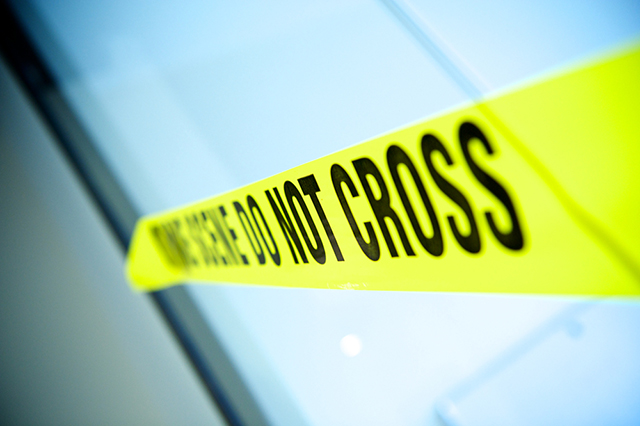
The Charlotte-Mecklenburg Police Department and Charlotte City Council are discussing whether to create “public safety zones,” city areas where people with past arrests would be prohibited from entering.
Under the controversial proposal, Chief Kerr Putney could designate a high-crime area as a safety zone in response to crimes such as drug sales or discharging guns that were committed on public property.
Someone who has been arrested for crimes in the area could be issued a notice that they are no longer allowed to enter, for as long as the safety zone is in effect. Entering the zone after being prohibited would be a misdemeanor.
The bans could be appealed for reasons that include entering the area to go to work or to pick up a child from school.
The idea isn’t new to Charlotte.
The safety zones would be similar to the city’s “prostitution-free zones” that were started in 2005. That ordinance had a three-year sunset and wasn’t renewed in 2008.
In 2013, the city also received an injunction against the Hidden Valley Kings gang. It prohibited some Kings members from “driving, standing, sitting, walking or appearing together in public view” to possessing firearms or drugs, or being in the presence of anyone who does.
That injunction expired last year, though CMPD said it could seek another injunction against members of the gang.
Council member Al Austin represents northwest Charlotte, including some high-crime neighborhoods. He said he first floated the idea of the zones to former Chief Rodney Monroe.
“We were looking for additional tools that could address some of the criminal behavior,” Austin said. “We want something more flexible.”
The city has been experimenting with different tactics to lower crime. In addition to the injunction against gang members, the city has used a public nuisance ordinance, which gives it the ability to seize private property from owners who continually have police come to their property.
There is some urgency to finding new solutions. Violent crime, including homicides, are up this year compared with 2014 and previous years.
“Truthfully, I don’t know if they will do any good,” said City Council member Claire Fallon, who chairs the public safety committee. The committee heard a CMPD presentation about the zones in early September. “If someone doesn’t obey the law, do you think a safety zone will impress them?”
Fallon also said she’s worried the safety zones would simply move crime from one part of the city to another.
“We would take it off the plate of one community and then put them on another community,” she said.
A CMPD presentation to council members notes the zones could be an “additional tool to assist in maintaining or repairing a neighborhood or location’s reputation” and could also “disrupt nuisance criminal activity.”
But the department also acknowledges that there are downsides.
Among them: a perception that the zones would be “an overhanded arbitrary government action” and would place a harmful “brand” on a neighborhood.
Portland, Ore., created drug and prostitution exclusion zones in 1992. But former Mayor Tom Potter led a push in 2007 to end the zones, saying they just moved criminal activity to a new area and that African-Americans were being disproportionally excluded from the areas.
The safety zones could be triggered by crimes that occur on public property, such as a sidewalk or street. Some crimes, such as prostitution, easily fit that category. Others, such as drug dealing, could qualify as well, if the buyer and seller met on a street corner and then moved inside a home to make the actual sale.
The proposal will come back before the public safety committee for further discussion. It would need to pass the committee as well as a full City Council vote to be enacted.
Join us in defending the truth before it’s too late
The future of independent journalism is uncertain, and the consequences of losing it are too grave to ignore. We have hours left to raise the $12,0000 still needed to ensure Truthout remains safe, strong, and free. Every dollar raised goes directly toward the costs of producing news you can trust.
Please give what you can — because by supporting us with a tax-deductible donation, you’re not just preserving a source of news, you’re helping to safeguard what’s left of our democracy.